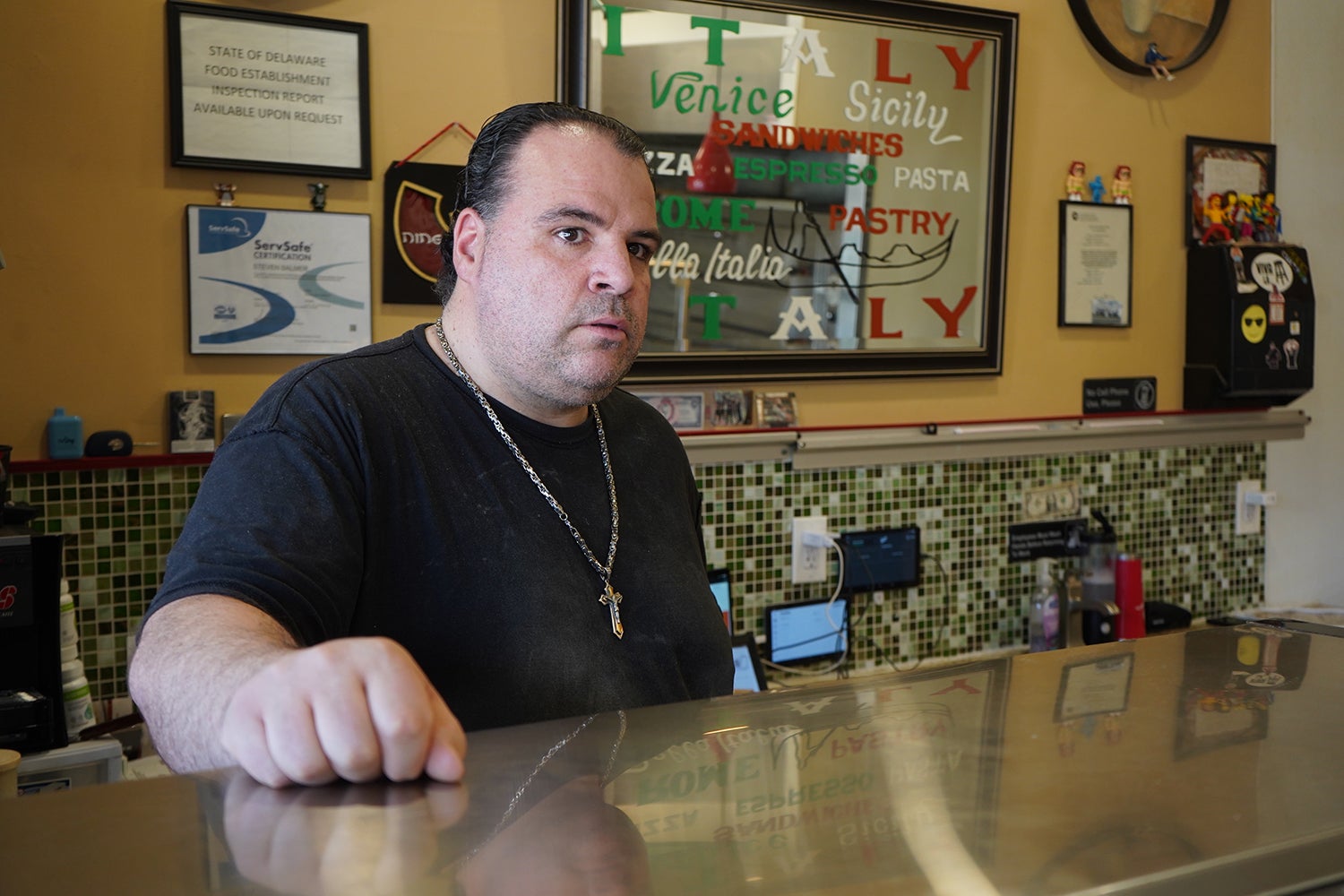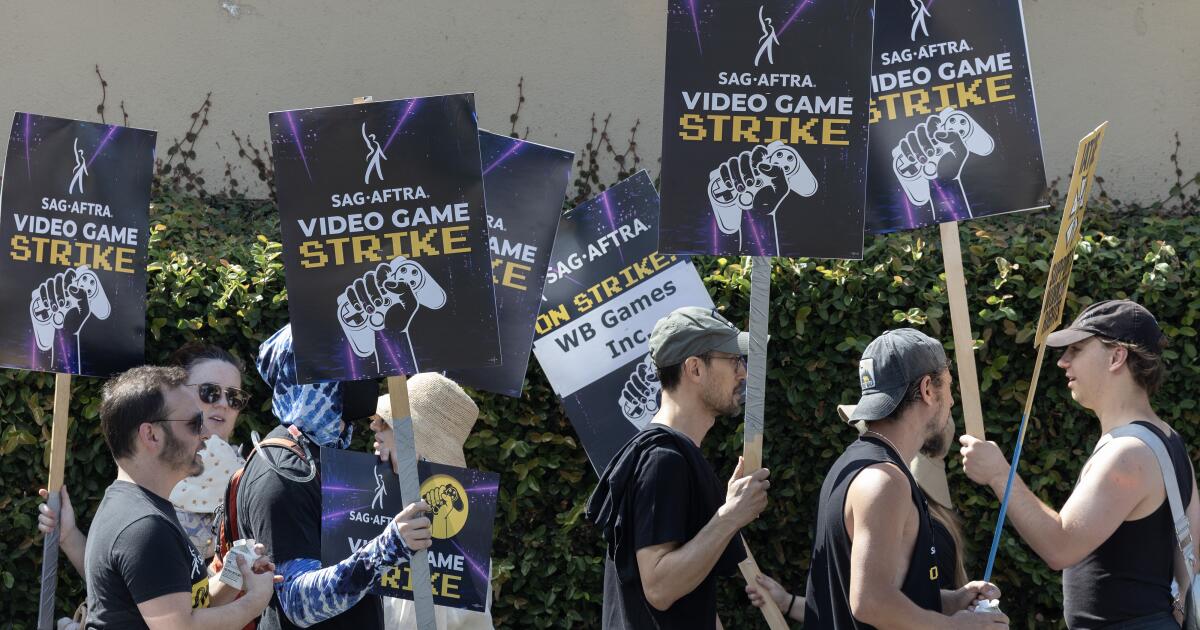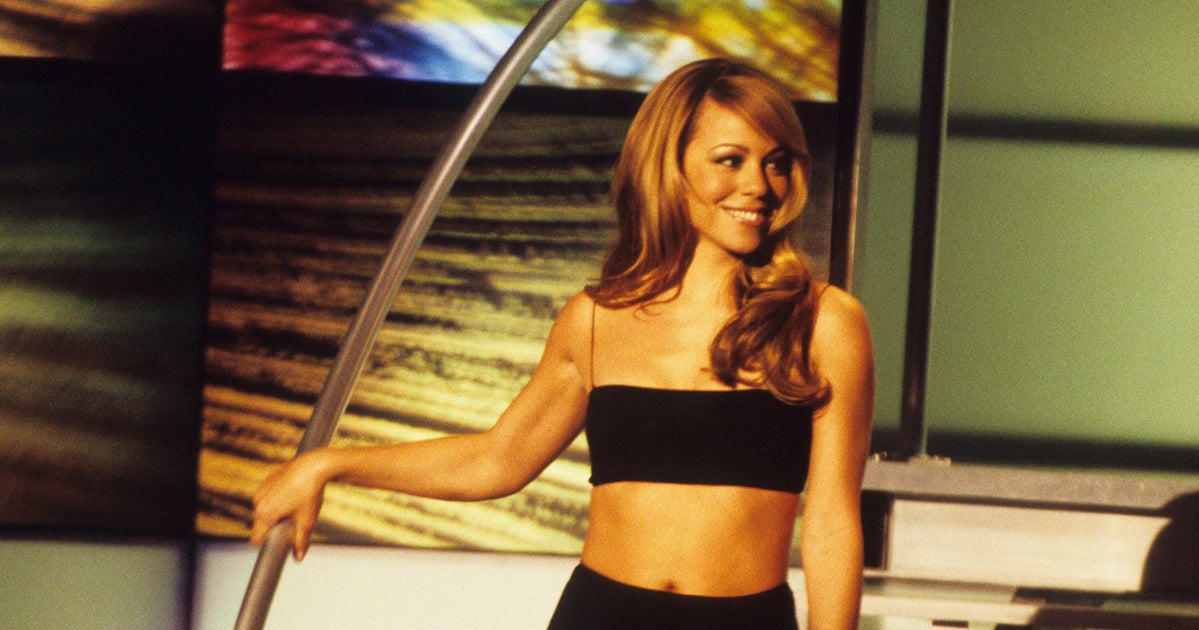Bussiness
OpenAI’s CTO treats creativity like a problem to be solved — and that itself is the problem
OpenAI‘s CTO Mira Murati weighed in on AI-driven job loss this month, suggesting that some workers — especially creatives — replaced by AI had jobs that “shouldn’t have been there in the first place.”
In doing so, she not only outraged people at risk of losing their livelihoods due to technological advancements but also seemed to reveal that she doesn’t even know what AI is good for.
During an event at Dartmouth on June 8, Murati, speaking to university trustee Jeffrey Blackburn, discussed the AI behind ChatGPT and DALL-E, as well as safety and ethical considerations as the technology progresses.
When the conversation turned to how AI can disrupt the process for artists, Murati said she believes the tech will soon be primarily used as a collaborative tool to help more people become creative.
“Some creative jobs maybe will go away,” Murati said, “but maybe they shouldn’t have been there in the first place — you know, if the content that comes out of it is not very high quality.”
Notably, Murati raised the topic of AI-driven job loss on her own, suggesting that the very workers whose creations helped train AI into what it is today have jobs that shouldn’t even exist now that it’s here.
Ed Zitron, writer, podcast host, and CEO of EZPR, a national tech and business public relations agency, told Business Insider that Murati’s perspective results from management’s distance from the people who actually build things.
“The people losing their jobs to AI so far have been contract workers that helped fill gaps at organizations — necessarily so — that are now going to be filled with deeply mediocre slop, ordered by people who don’t understand the businesses they’re in, to fulfill a need that they neither care about nor appreciate, a kind of slow-moving poison that will weaken the edges of companies,” Zitron said.
Zitron added he’s tired of people “who don’t build or write or draw or paint or sing or do anything creative making statements about what the creative arts should be, or how they should be run.”
“These people treat creativity like a problem to be solved,” he continued.
When Business Insider reached representatives for OpenAI, they declined to comment, instead pointing to a June 22 post on X by Murati expanding on her thoughts.
How artists are actually approaching AI
Boris Eldagsen is a photographer and visual artist who embraces AI. Last year, as part of an effort to demonstrate how impossible it is to tell the difference between “real” and AI-generated artwork, he entered — and won — the World Photography Organization’s Sony World Photography Awards with a picture created with help from OpenAI’s DALL-E2. He ultimately declined the award.
Where in the past he was “a solo instrument” working to create new work, Eldagsen told BI that he now collaborates with AI technology, considering himself more of a conductor while the training data serves as a “gigantic, anonymous choir,” making his job to “bring that into some kind of harmony and make sense out of it.”
That said, he still doesn’t agree with Murati.
FABRIZIO BENSCH via Reuters
“I think it’s a pity, and I can’t feel any empathy here. For me, her comments are a mix between being naive and arrogant,” Eldagsen told BI. “I think she didn’t really think it through, or she can’t put herself in the position of those people who are afraid of losing their jobs.”
To say those jobs that could be eliminated by AI shouldn’t exist in the first place, Eldagsen said, “is just nonsense,” and to suggest poor quality is at the core of why those jobs might be lost shows Murati doesn’t have much of a grasp on how and why people create or consume things.
“The majority of things that we produce are not high quality. We have fast food, we have trash TV, we have bad products that you can use one time, and then you throw them away,” Eldagsen said. “All these things shouldn’t be there in the first place, but all these things are work that some people have to do. They pay the rent, they enable a living — and why should you just be so arrogant and say it shouldn’t exist? This is something that I just don’t understand.”
Miles Astray, an artist, photographer, and writer, told Business Insider that Murati’s comments come across as “condescending.”
Like Eldagsen, Astray made AI the focal point of one of his art pieces this month: He turned Eldagsen’s stunt on its head and took 3rd place in an AI art contest with a real-life photo he’d shot of a flamingo.
Miles Astray
Astray said he doesn’t buy the narrative of creativity being boosted by AI. The technology has the ability to free up time, make some repetitive work tasks more efficient, and give artists more space to ideate on the things that actually make them creative, he said, but asking a computer to do the creative work itself cheapens the process and ultimately produces an end result that’s a regurgitated copy of the data the AI was trained on, not an example of a human’s creative expression.
“You need to sit down with your piece of paper and your paintbrush and start painting — that is how you hone your skill,” Astray said. “I think who it will really boost is companies, who will use it as a tool to increase productivity and to cut corners.”
In the end, Astray said he sees the tension between tech and creativity as less about making the creative process easier and more about companies leveraging technology to outsource jobs to the point where they no longer need to employ a creative workforce.
“I think we need to have an honest public debate about the advantages, but also the pitfalls and dangers of AI technology,” Astray said. “But that’s not what she was doing.”
‘Mediocre is all they want’
“AI tools could lower the barriers and allow anyone with an idea to create,” Murati wrote in her June 22 post on X. “At the same time, we must be honest and acknowledge that AI will automate certain tasks. Just like spreadsheets changed things for accountants and bookkeepers, AI tools can do things like writing online ads or making generic images and templates.”
She added that a key part of the conversation around AI-driven job loss, especially among creative professions, is to “recognize the difference between temporary creative tasks and the kind that add lasting meaning and value to society.”
“With AI tools taking on more repetitive or mechanistic aspects of the creative process, like generating SEO metadata, we can free up human creators to focus on higher-level creative thinking and choices,” Murati wrote. “This lets artists stay in control of their vision and focus their energy on the most important parts of their work.”
But not everyone is convinced.
“Throughout the last two years of AI hype, OpenAI and their ilk have been exceedingly careful not to directly attack labor,” Zitron told BI. “What Murati is saying here — that some creative jobs ‘shouldn’t have existed in the first place’ — is an outright declaration of war against creative labor, clearly stating that OpenAI believes that not only are there parts of creativity that are ‘inefficient,’ but that OpenAI will be part of the process of ‘fixing’ them.”
Zitron said he believes that AI is approaching the top of the S-curve, with limited progress left to be achieved, and that Murati, Sam Altman, and the rest of OpenAI are “desperate to suggest that we’re just about to have AGI or some sort of magnificent machine that can do the job of a hundred thousand people.”
Such a suggestion keeps the money flowing as companies clamor for the latest version of a promising new technology that proponents swear will make their workplace faster, more efficient, and cheaper to run — all the buzzwords needed to keep investors interested, even if it means they’re churning out a subpar product.
“The output from AI is mediocre, barely rising to the quality that the task requires,” Zitron said. “But the people in charge are so often removed from the process that mediocre is all they want, even if it ends up making the rest of the project worse.”










